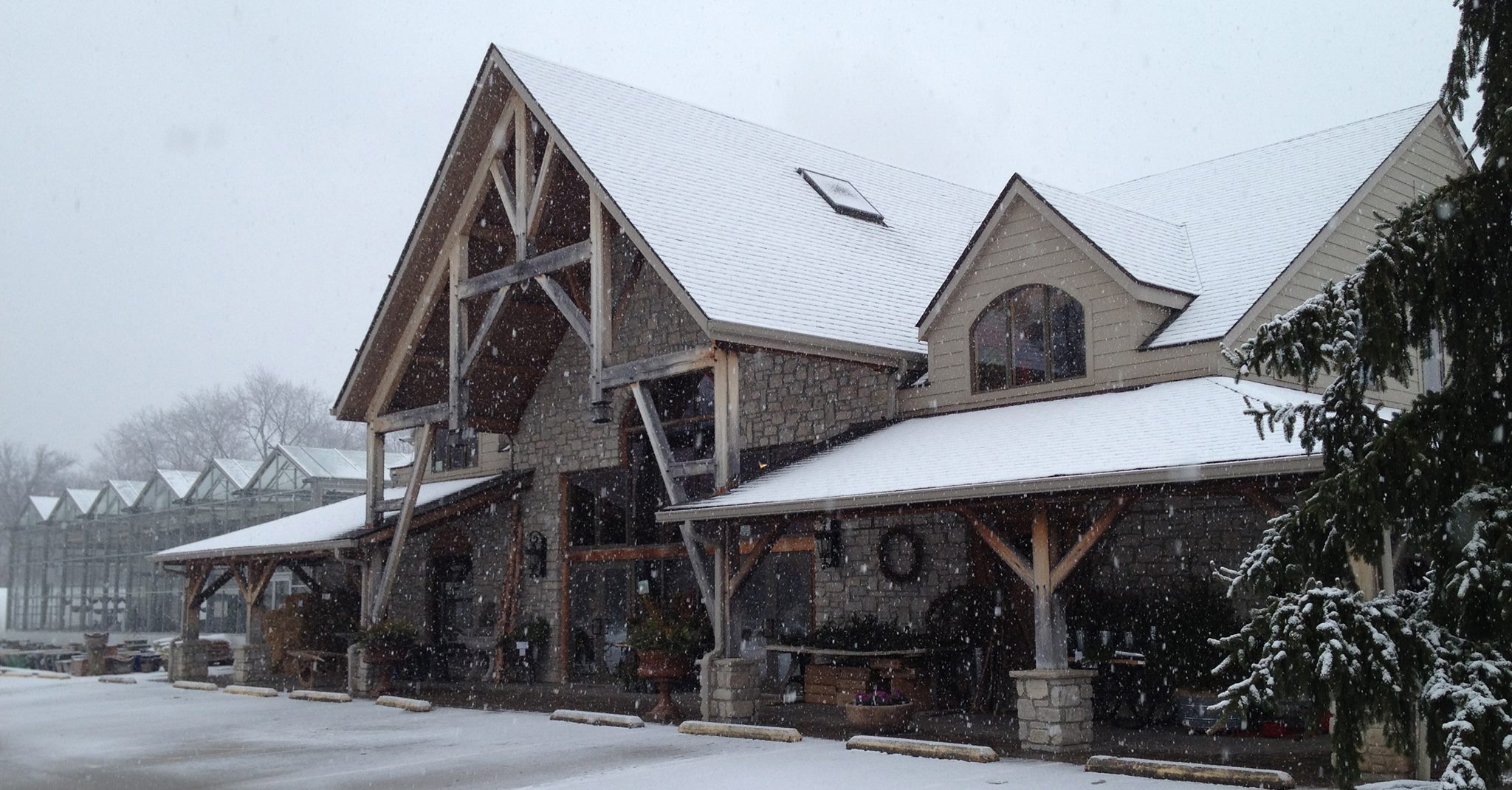4 DON’TS of Applying Ice Melt
While winter actually has come according to the calendar, the current drought conditions and higher than usual temps may have you wondering if it will ever look or feel like winter. Well, we can assure you some snow will eventually come (maybe even Sunday) and at some point, it will produce ice. It’s best to get ourselves prepared for the worst while we still have time. Here are some tips for adding ice melt to your sidewalks and driveways in a way that is safe for you, your pavement, and your plants.
1. DON’T apply ice melt to snow –
The best thing to do would be to pre-treat before the storm, but if you are too late you will need to remove the snow before applying ice melt. Ice melt works by melting the layer between the ice and the pavement to allow for easy scraping and removal. Ice melt does not completely melt the ice or snow, so it is best to spread prior to a storm.
2. DON’T apply ice melt to plants or lawns –
This may seem obvious, but the chemicals in ice melts can be poisonous to your plants and lawn. Even the ones advertised as “safe for lawns and plants” can be damaging if over-applied. If you do get ice melt on your lawn or planting beds, run the sprinkler or spray the area with the hose to flush the area. Be sure to do this only in warmer weather when the ground is not frozen.
3. DON’T overdo it –
Adding too much ice melt to your driveway or sidewalk won’t make it work any better. It will only increase the potential damage to your lawn or pavement.
4. DON’T apply to new concrete –
Be sure to avoid adding ice melt to concrete that is less than a year old.
If you are looking for some alternatives to ice melt, cinders, sand, or kitty litters are sometimes used to improve traction. We sell a product that is a mix of magnesium chloride, potassium, chloride, and sodium chloride. This blend lessens the effect of overdosing and works in a range of temperatures.
